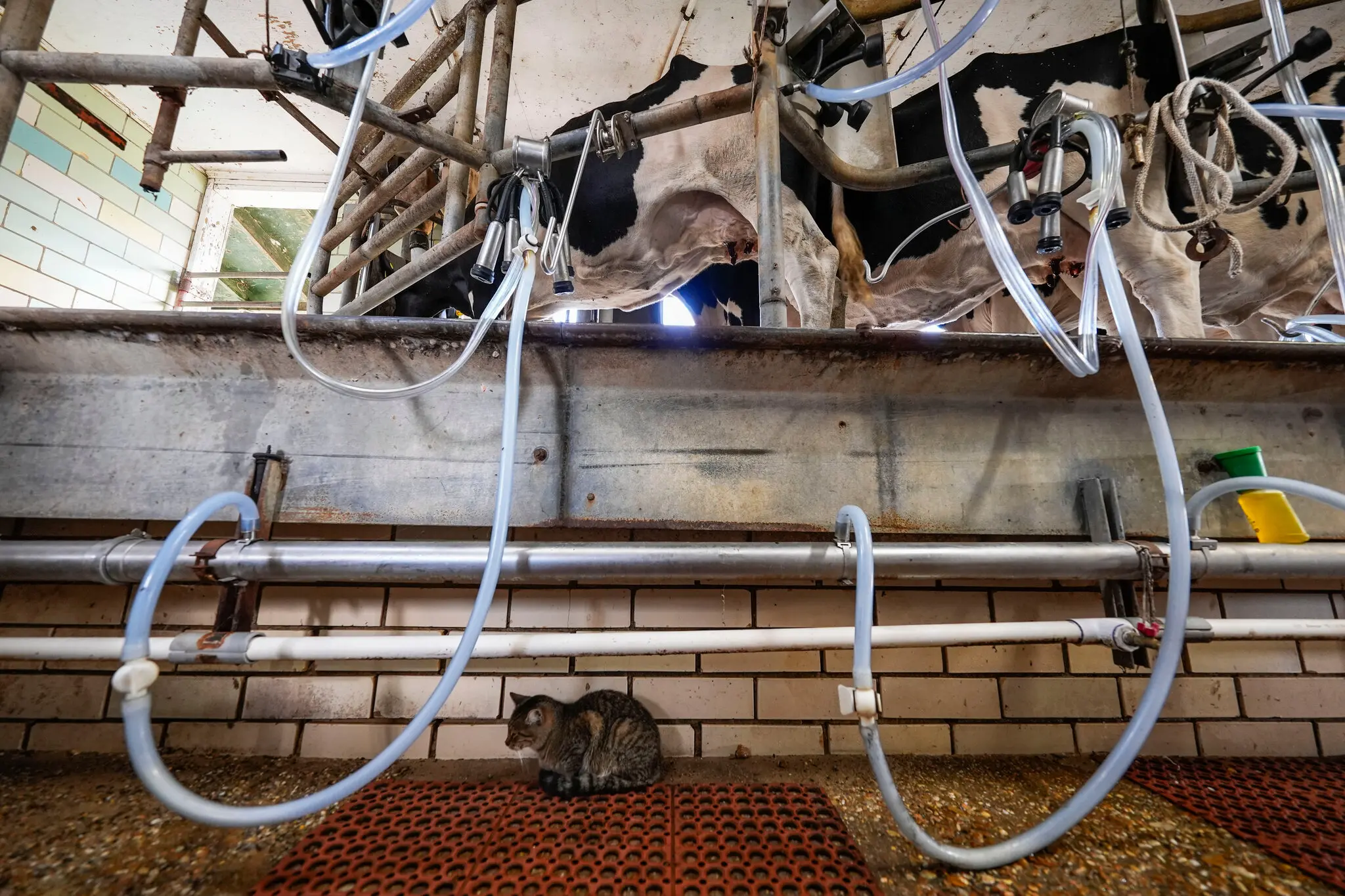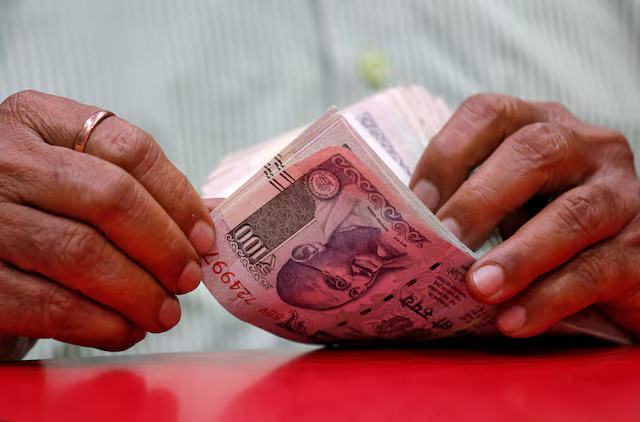The Indian rupee weakened past the 87-per-US-dollar mark for the first time on Monday, driven by a surge in the US dollar following new tariff measures announced by US President Donald Trump.
The tariffs, targeting the country’s key trading partners, rattled Asian currencies and compounded existing economic pressures.
The rupee dropped 0.5% to a low of 87.07/USD in early trade, marking a fresh record low. The decline aligns with broader weakness across regional currencies, with the offshore Chinese yuan slipping 0.5% to 7.35 per US dollar.
Over the weekend, President Trump signed executive orders imposing 25% tariffs on imports from Mexico and Canada and a 10% tariff on Chinese goods, effective Tuesday. These trade measures stoked fears of retaliatory action and disrupted currency markets in Asia, leading to a rally in the US dollar.
The dollar index rose 0.3% to 109.8, exerting additional pressure on emerging-market currencies, including the rupee.
Adding to the rupee’s woes was a surge in crude oil prices, which weighed on India’s import bill. Brent crude oil rose by 0.73% to $76.22 per barrel, while US West Texas Intermediate (WTI) crude futures climbed 1.74% to $73.79 per barrel.
Domestic market conditions also painted a bleak picture, with the Sensex dropping 439.36 points (0.57%) to 77,066.60 and the Nifty 50 down 152.15 points (0.65%) to 23,330.00. Mid and small-cap stocks saw sharper declines.
Traders are speculating that the Reserve Bank of India (RBI) will cut interest rates by 25 basis points later this week, the first reduction since the pandemic. Analysts believe that this dovish stance may weaken the rupee further.
“The RBI’s currency management approach appears to be shifting under the new governor Sanjay Malhotra, with a greater willingness to let the rupee move freely in line with regional peers,” said Gaura Sen Gupta, chief economist at IDFC FIRST Bank Ltd.
The rupee has already fallen over 2% since Malhotra’s appointment in December. Economists at Emkay Global Financial Services forecast that the currency may decline to 89.50/USD by December, citing muted capital flows and ongoing global uncertainty.
The Indian government’s decision to lower its fiscal deficit target to 4.4% of GDP for FY 2025-26, down from 4.8% in the previous fiscal year, is seen as a commitment to fiscal discipline.
“The reduced deficit target may help strengthen investor confidence and ease pressure on bond yields,” said Amit Pabari, MD of CR Forex Advisors.
However, continued global risks and the possibility of further rate cuts may maintain downward pressure on the rupee.
As tariff tensions escalate and global financial conditions remain volatile, analysts expect the rupee to remain in a tight trading range of 86.30–87.10 in the near term, with further depreciation possible if external pressures persist.








